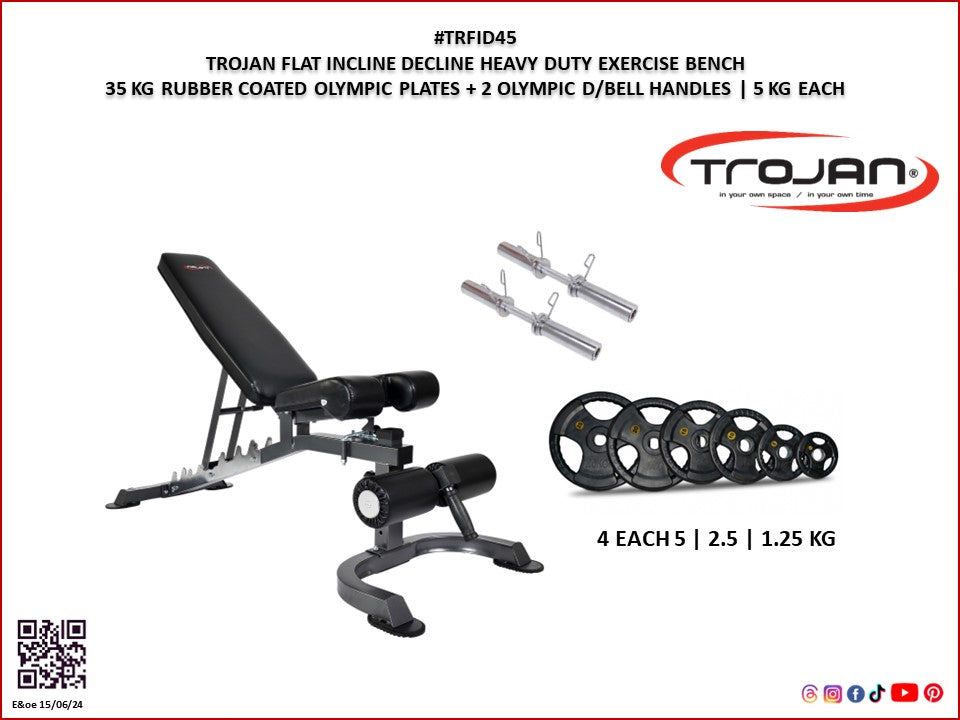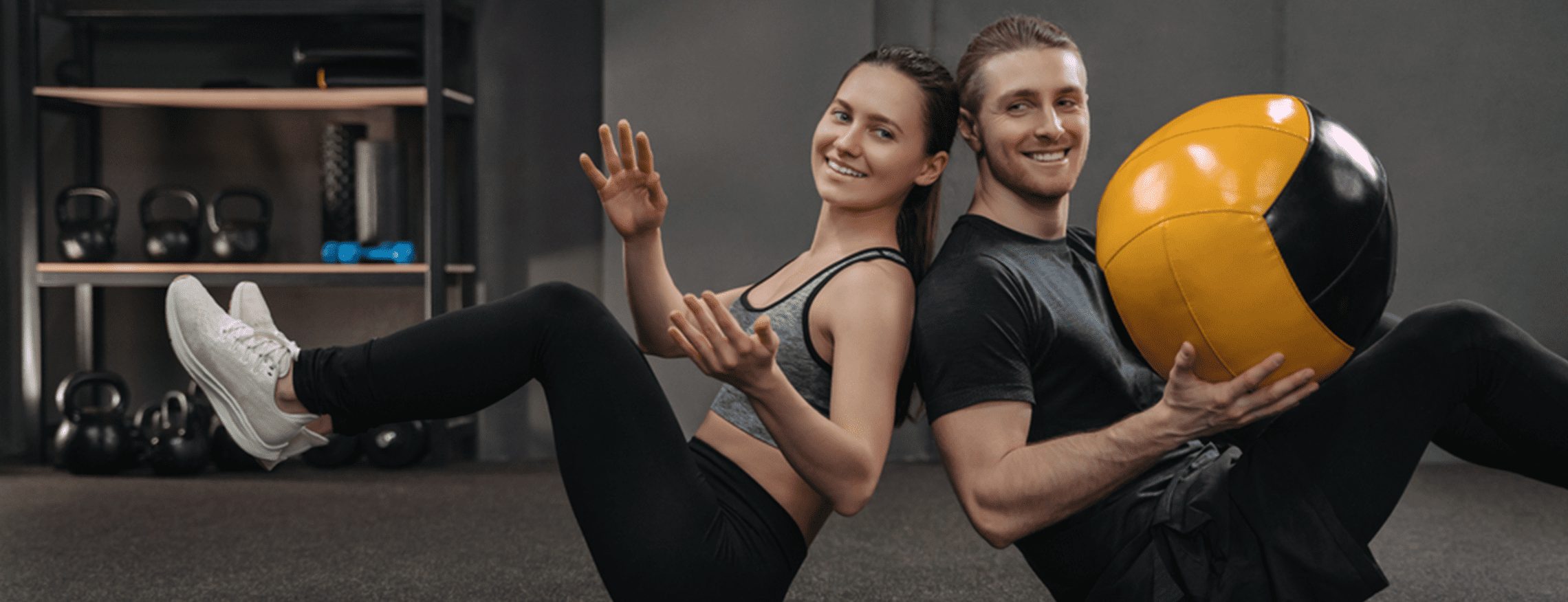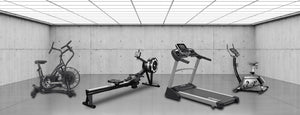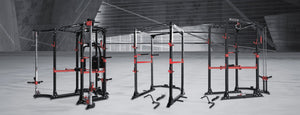What are the Plyometrics high-intensity workouts?
Plyometrics, aka plyos, are high-intensity workouts that push you to create a lot of power in a short duration of time. Plyometrics are high-intensity cardiovascular workouts that improve agility, stamina, and strength. They demand that you use your muscles to their fullest capacity in a short amount of time.
Plyometric workouts have several advantages. They may be performed whenever and wherever, because these exercises cost almost no equipment. Plyometric exercise strengthens your muscles, allowing you to run better, jump higher, and shift directions quickly and effectively. These moves help you perform better in any sport that requires you to sprint, leap, or kicks.
Do you want to take your training to the next level? Add Plyometric movements to your fitness regime to increase the training impact.
Tips To Get Started
Plyometric workouts often called jump exercises, are typically oriented for highly skilled sportsmen or athletes in prime physical form. They can, however, be utilised by anyone who wants to become in better shape.
Bodyweight workouts are fantastic for gaining strength on their own but adding a plyometric element such as jumping or any explosive action elevates your training to new extremes.
Warm-Up & Stretch

Since you’re placing a lot of strain on the muscles, stretching would be even more necessary to prevent injury. , active stretching is critical before plyometric movements, since it not only stretches but also warms up the muscles.
First, warm-up, then foam stretch. Before beginning plyometrics, a basic active warm-up, such as 5 minutes of gentle running coupled with 5 minutes of gentle high knees, butt kicks, skipping, or lateral shuffles is sufficient. Foam rolling is helpful to avoid stiffness after the complete strength session.
Fix Your Form
Focus on form initially, and gradually increase the intensity. Introducing hops to the exercise routine can simply raise your chance of injuries if your form isn’t correct. Prior to moving on to the new level, be certain you can complete each exercise correctly.
To decrease the stress on your joints upon hitting the ground, try practising the plyometric movements for newbies on a shock-absorbing mat. Plyometrics should be done in front of a mirror if at all feasible. You’ll be able to ensure that your body is in the correct posture this way.
Start Easy & Gradually Step up Intensity
Gently build up to plyometric activities if you’re introducing these to your training session. Start with minimum volumes and gradually build the plyometric training’ length, difficulty, and intensity.
Tendons, ligaments, and lower-extremity joints, particularly the ankles and knees, can be stressed by plyometric workouts. You must possess the power and muscular strength capacity required to successfully and properly do these workouts.
Rest Is Essential For Recovery
Plyometrics should only be done once or twice a week. You’ll need to give yourself plenty of rest to repair and make sure you don’t have any lingering pains or joint stiffness. To avoid injury, give yourself 48–72 hours of downtime between plyometric practice sessions. If you’re a newbie to this form of workout, go for fairly lengthy recovery periods.
Do Plyo at the Start of Workout
Plyometric and power training are frequently used interchangeably. Although all plyometric exercise is regarded as power training, not all power training is plyometric training.
You’ll have to concentrate on maintaining proper form and giving it your best. That’s why it’s ideal to do them towards the beginning of an exercise before your muscles get tired and your performance drops.
If you’re a beginner at plyometrics, proceed with 3 or 4 exercises after a dynamic warmup, of course. 2 to 3 sets of 3–5 repetitions per session are recommended. Repeat the exercises two to four times on a weekly basis, with 2–3 days of recovery between each one.
5 Powerful Plyometric Moves for Beginners
Caution: Before you begin, bear in mind that plyometric explosive exercises are not recommended for complete beginners or people who are recovering from injury.
Clapping Push-Ups

Begin by holding a plank posture. Lower the entire torso to the mat and perform a conventional push-up.
As you move upward, be sure to push your hands and torso as high as possible off the floor. Make a clapping stroke with your hands. Come back to your original initial position. Repeat for another 30 seconds.
Burpees

Squat down from an upright pose by bending your knees. Maintain your spine stable as you put both palms on the mat and hop your legs back into a plank posture.
For a push-up, bring your torso to the mat. Squat by jumping your feet forwards to the front of your hands. Hop up and raise your arms overhead with force. Perform Up to three sets of 8–12 reps.
Squat Jumps

Standing with your feet a little wider than your hips is a good way to start. Squat down by lowering your torso. Leap up powerfully by pressing up with your feet, engaging your core muscles, and pressing up using your feet.
As you hop, raise your arms outstretched. Lower yourself down to a squat pose after you’ve landed. Perform two to three sets of 10 reps.
Stairway Hops
Beginning at the bottom of a stairwell is a good place to start. Using your right leg, hop up the staircase. Return to your original position using the same right leg and hop off the stairs. Then repeat on the other side.
Tuck Jumps

Speed, endurance, and balance are all improved with this workout. It’s beneficial in athletic training for just any sport that necessitates rapid changes in direction.
Standing with your feet shoulder-width apart and your knees slightly bending. Bend your knees and leap as higher as possible, raising your knees to your chest. Perform 2–3 sets of 10–12 reps.
Disclaimer
The information provided on this website is intended for general informational purposes only and should not be considered professional or medical advice. We make every effort to ensure the information provided is accurate and up-to-date, but we cannot guarantee the accuracy, completeness, or timeliness of the information. Any reliance you place on such information is strictly at your own risk. Always consult a qualified professional before making any significant changes to your diet, exercise routine, or lifestyle. We are not responsible for any adverse consequences resulting from the use of, or reliance on, any information provided on this website.
 All Payment Methods are Accepted
All Payment Methods are Accepted











